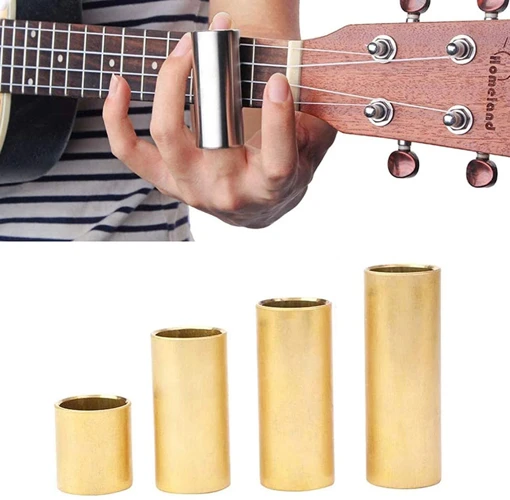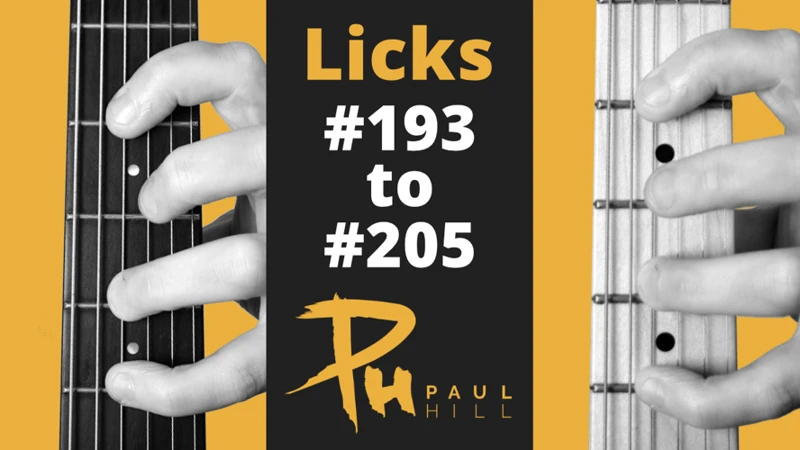Slide guitar playing in modern country music has a rich history and continues to be a defining element of the genre. From its roots in traditional blues to its evolution in contemporary country songs, slide guitar adds a unique and soulful sound that resonates with audiences worldwide. In this blog post, we’ll explore the influence of slide guitar in modern country music, highlighting its importance, techniques, and notable players.
The Roots of Slide Guitar in Country Music
Slide guitar has its origins in traditional blues music, where players would use a glass or metal slide to create a smooth, gliding sound on the guitar strings. As blues music spread across the United States, it began to influence other genres, including country music.
In early country music, slide guitar was often used to evoke a sense of longing and melancholy, mirroring the emotional depth of the lyrics. Artists like Hank Williams and Jimmie Rodgers incorporated slide guitar into their songs, setting the stage for its enduring presence in country music.
The Influence of Blues on Country Music
The blues scale, with its distinctive intervals and emotional resonance, has long been a cornerstone of country music. Slide guitar, with its ability to mimic the vocal inflections of the blues, became a natural fit for country songs that sought to convey raw emotion and authenticity.
Notable country artists like Bonnie Raitt and Duane Allman further popularized slide guitar in the genre, showcasing its versatility and expressive power. Today, slide guitar remains a key component of modern country music, adding depth and character to both traditional and contemporary songs.
Techniques of Slide Guitar Playing
Playing slide guitar requires a unique set of techniques that differ from traditional fretting. Instead of pressing the strings directly against the fretboard, slide guitarists use a slide (often made of glass, metal, or ceramic) to slide along the strings, producing smooth, gliding notes.
One of the key techniques in slide guitar playing is vibrato, where the guitarist subtly shakes the slide back and forth to add depth and expression to the notes. Additionally, slide guitarists often use open tunings, where the guitar strings are tuned to create a specific chord when played open, allowing for rich, resonant tones.
Notable Slide Guitar Players in Country Music
Several iconic slide guitar players have left a lasting impact on country music with their distinctive playing styles and innovative approach to the instrument. Among them, Jerry Douglas stands out as a master of the resonator guitar, blending bluegrass, country, and blues influences into a seamless, soulful sound.
Derek Trucks, known for his work with the Allman Brothers Band and the Tedeschi Trucks Band, has also made significant contributions to slide guitar in modern country music. His virtuosic playing and emotive phrasing have earned him critical acclaim and a dedicated following.
The Evolution of Slide Guitar in Contemporary Country Music
In recent years, slide guitar has continued to evolve in the context of contemporary country music, with artists pushing the boundaries of the instrument and incorporating new sounds and styles. From mainstream country hits to indie releases, slide guitar remains a versatile and powerful tool for artists looking to add depth and emotion to their music.
Blending Tradition with Innovation
Modern country artists like Chris Stapleton and Sturgill Simpson have embraced slide guitar as a central element of their sound, blending traditional country influences with a fresh, modern approach. By incorporating elements of rock, blues, and folk music, these artists have redefined the boundaries of country music while paying homage to its roots.
The use of slide guitar in contemporary country music is not limited to mainstream artists; independent musicians and bands are also exploring new sonic territories with the instrument. From atmospheric slide textures to blistering slide solos, the possibilities are endless for artists willing to experiment and push the envelope.
The Future of Slide Guitar in Country Music
As country music continues to evolve and diversify, slide guitar will undoubtedly play a crucial role in shaping its sound and identity. Whether in traditional honky-tonk ballads or modern country-rock anthems, the haunting wail of a slide guitar will always have a place in the hearts of fans and musicians alike.
Preserving a Timeless Tradition
While the landscape of country music may change, the timeless appeal of slide guitar remains constant. Its ability to convey emotion, tell stories, and capture the essence of the human experience ensures that slide guitar will continue to be a vital part of country music for generations to come.
Interested in exploring the world of electric guitars in modern country music? Check out our articles on the journey of electric guitars, contemporary electric guitar trends, guitar tuning techniques, and the evolution of electric guitars for a deeper dive into this fascinating musical genre!
Conclusion
Slide guitar has left an indelible mark on modern country music, infusing songs with soulful melodies, emotional depth, and a sense of authenticity. From its humble beginnings in the blues to its current prominence in contemporary country music, slide guitar continues to captivate audiences and inspire musicians worldwide. As artists push the boundaries of the instrument and explore new sonic possibilities, slide guitar remains a timeless tradition that enriches the fabric of country music, ensuring its enduring legacy for years to come.



